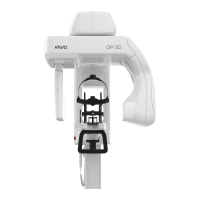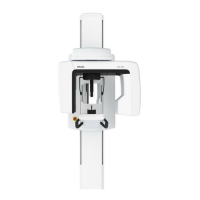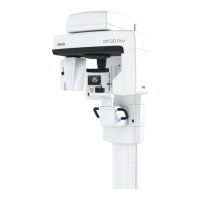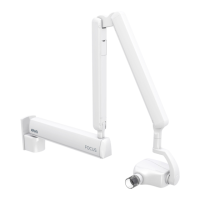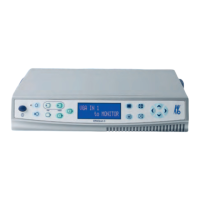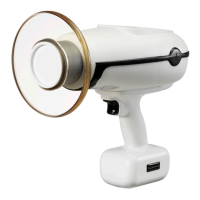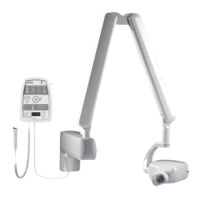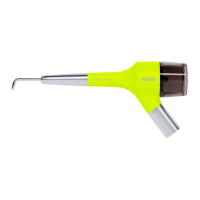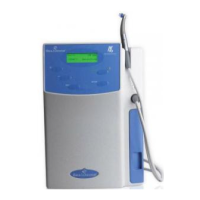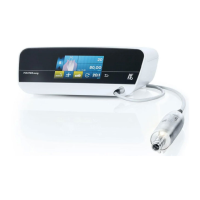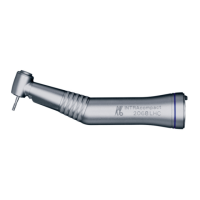Why are the Calibration and QC program date- and timestamps incorrect on my KaVo ORTHOPANTOMOGRAPH OP 3D Medical Equipment?
- AAmanda DavisAug 19, 2025
The incorrect date and timestamps in the Calibration and Quality Control programs are because the device didn't receive the correct system time from the network during start-up. To fix this: 1. Restart the device and rerun a calibration or QC program to see if it gets the time correctly this time. 2. Check that the system time is correct on the acquisition workstation, or any other computer that may operate as network time server in the local network. 3. Make sure the acquisition workstation has UDP port 123 opened in the firewall and the NetTimeservice is installed and running.
